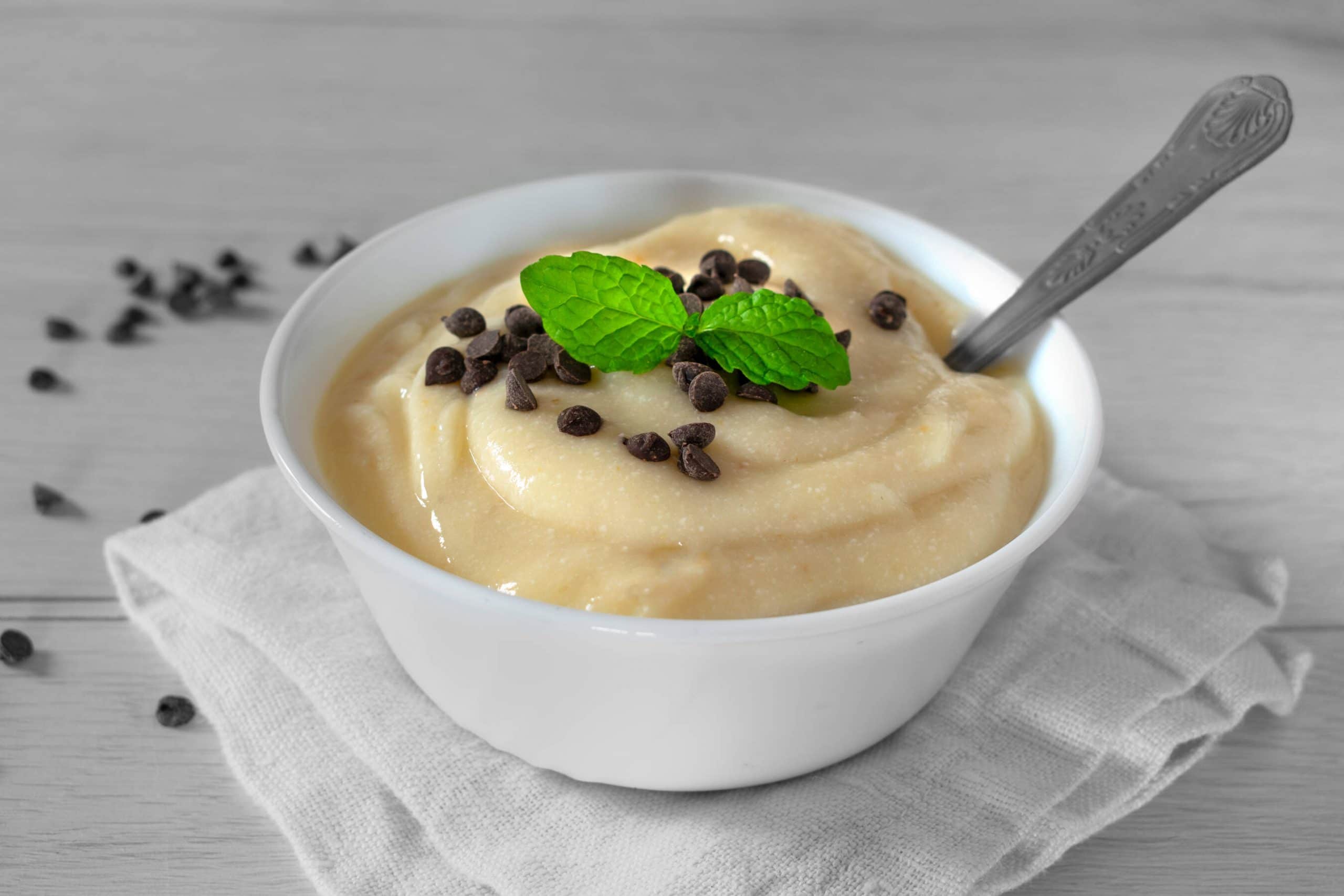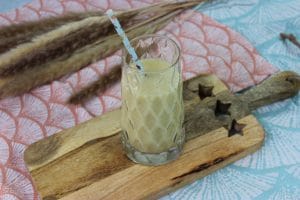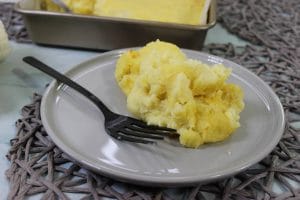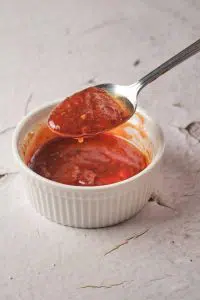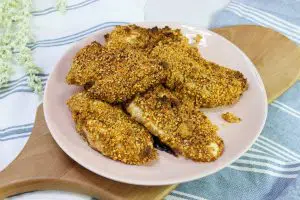Irresistible Creamy Potato Milk Yogurt
Important Note: When you buy through our links, we may earn a commission. As an Amazon Associate we earn from qualifying purchases. Content, pricing, offers and availability are subject to change at any time - more info.
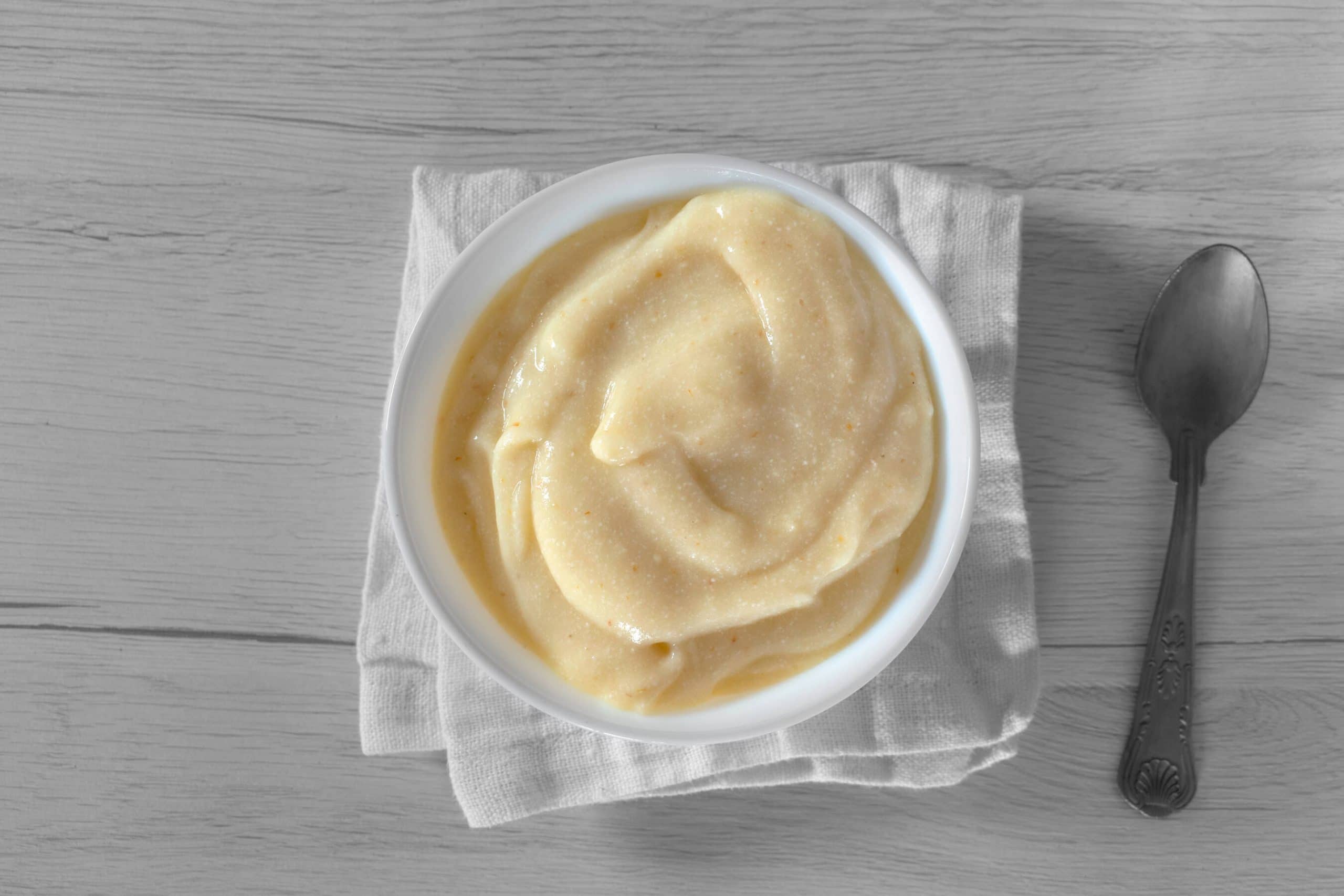
Ingredients
- 4 Cups Potato Milk
- 3 Teaspoons Pectin
- 3 Probiotic Capsules
- 1 Tablespoon Sugar
Instructions
- Mix two cups of potato milk with three teaspoons of pectin and blend until smooth.
- Transfer the pectin and potato milk to a small pot containing the remaining two cups of milk.
- Heat over low heat until 140°F and remove from the stove immediately once the temperature is reached. Those without a thermometer should stop either just before or at the very first signs of bubbles forming on the bottom of the pot.
- Add the sugar and mix well.
- Pour the potato milk and pectin mixture into a clean glass container and let it cool down to culturing temperature or between 110°F and 115°F.
- Crack open the probiotic capsules and stir in the powder.
- Cover the container with cheesecloth, muslin cloth, a coffee filter, or another clean, tightly woven material and secure it with a rubber band.
- Allow the potato milk yogurt to incubate in a warm, temperature-controlled space left undisturbed for 24 to 36-hours.
- Once the thickness desired is reached, seal the container with an airtight lid and refrigerate.
Video
Nutrition
Any plant-based milk can be cultured and turned into tasty yogurt. Our creamy potato milk recipe is perfect for transforming one of the most sustainable kinds of plant-based milk around into a dense, probiotic blend that looks, feels, and tastes just like dairy-based yogurt. Getting the temperatures right without a thermometer can be tricky, so we advise getting a candy/meat thermometer or another measure that reads low temperatures out and ready.
What Does Potato Milk Yogurt Taste Like?
Creamy potato milk yogurt tastes very similar to cultured dairy yogurt but without the lingering flavor of dairy. Instead, potato milk yogurt carries a subdued flat sweetness comparable to hemp milk and has a silky smooth, refined texture like regular yogurt.
How To Make Potato Milk Yogurt?
Potato milk is blended with pectin to thicken it up before culturing using the most accessible source of probiotics for most, probiotic capsules. Extra sugar is added to activate the pectin effectively while also sweetening the yogurt ever so slightly. Once all the ingredients are blended, the yogurt mixture is brought to culturing temperature and left to incubate for an extended duration, reaching a creamy, decadent thickness.
What To Serve Potato Milk Yogurt With?
Creamy potato milk yogurt is just like regular yogurt and can be enjoyed in any way you prefer. Some are devoted to the unmarred taste of plain yogurt alone. For a delectable breakfast dish, serve a fresh batch of ice-cold yogurt with decadent chocolate granola. Otherwise, marinate your chicken or plant protein and cook up a spicy potato milk korma with spectacular creaminess and fPotato Milk Yogurt Tips
Never, ever add more probiotic cultures in an attempt to thicken up yogurt. All the probiotics must be added at the start so that the colonies form together. Ensure that your yogurt is not disturbed during the time that it’s incubating. Moving it around, bumping the vessel, or exposing it to air excessively will prevent your yogurt from thickening properly.
There are two different types of pectin available. Always shop for sugar-activated pectin instead of calcium-activated pectin when making yogurt from potatoes and other plant-based milk. If using calcium-activated pectin, you may need to add up to double the quantity to reach a similar viscosity. Even then, without enough calcium present, the yogurt might not ever thicken enough.
How To Incubate Potato Milk Yogurt
A yogurt maker offers the easiest way to hold yogurt at a stable temperature throughout incubation. An instant pot’s ‘yogurt’ function works equally as well. Otherwise, wait for the yogurt to cool down to 115°F and wrap it in its container up tightly using a dish towel or two. Keep this in the warmest place possible. The warming feature present on many ovens, which keeps the heat at 100°F, makes this the perfect environment for a wrapped jar of yogurt. Another successful strategy is to test the temperature of water in your slow cooker and use it as a water bath for a day and a half if the water stays stable at 110°F.
How To Add Flavor To Potato Milk Yogurt
There are several ways to add flavor to creamy potato milk yogurt. Natural sweeteners like sugar, honey, maple syrup, and agave should be added before culturing, whereas other sweeteners like jams and flavored extracts are added after. Any flavor of jam or fresh chopped fruit preferred can be mixed into the cultured yogurt once it is made. As a general rule of thumb, use a tablespoon of jam or fruit per cup of yogurt. That’s four in total for the gallon prepared when following our recipe.
Don’t limit your yogurt flavoring to fruit extracts and sweetness alone. Strong coffee, dessert coffees, and sweet syrups open up endless avenues for flavor. Many probiotic powders come pre-flavored, allowing cooks to simply mix in the probiotics to begin culturing and infusing flavor at the same time. Just be sure you like the taste of your probiotics first, and keep in mind that this type of flavoring is among the most subtle possible.
Potato Milk Yogurt Substitutions
The process detailed by our creamy potato milk yogurt recipe can be successfully emulated with any other plant-based milk. From almond to oats milk, culturing is straightforward once you’re accustomed to controlling the temperature. Dairy yogurt doesn’t typically require thickening, but potato milk and other milk made from plants don’t quite reach the velvety thickness needed to resemble full-fat yogurt without an added thickener.
Probiotic capsules are affordable and easily accessible, but if you prefer to use probiotic granules or a culturing kit, feel free to go ahead. Those who buy larger quantities of probiotic powder not encapsulated can add ½ teaspoon instead. Vegan start cultures are also readily available online with straightforward instructions that call for a similar culturing temperature and conditions.
Pectin is the top recommendation for a thickening agent, but there are many other viable options. Here are some of the best substitutes for pectin and the directions for blending each in:
Milk Solids (Non-Vegan) – Blend 1 cup of powdered milk solids into 4 cups of cold potato milk before heating and culturing.
Gelatin (Non-Vegan) – Blend 1 tablespoon of gelatin into 1 cup of cold potato milk. Heat to 95°F and blend with 3 cups of milk before heating and culturing.
Agar-Agar – Blend 1/2 teaspoon of agar-agar powder into 4 cups of cold potato milk. Heat to 190°F and sustain temperature for ten minutes before cooling to 110°F for culturing.
Guar Gum – Blend 1 teaspoon of guar gum into 4 cups of cold potato milk before heating and culturing.
Tapioca Starch – Blend 2 tablespoons of tapioca starch with 4 cups of milk and heat to 140°F before cooling to 110° for culturing.
Arrowroot Starch – Blend 2 tablespoons of arrowroot starch into 4 cups of potato milk and heat to 140°F before cooling to 110° for culturing.
Modified Corn Starch/Cornstarch – Blend 1/4 cup modified corn starch with 4 cups of potato milk after heating to 140°F and allowing the milk to cool down completely before heating thickened solution for culturing.
